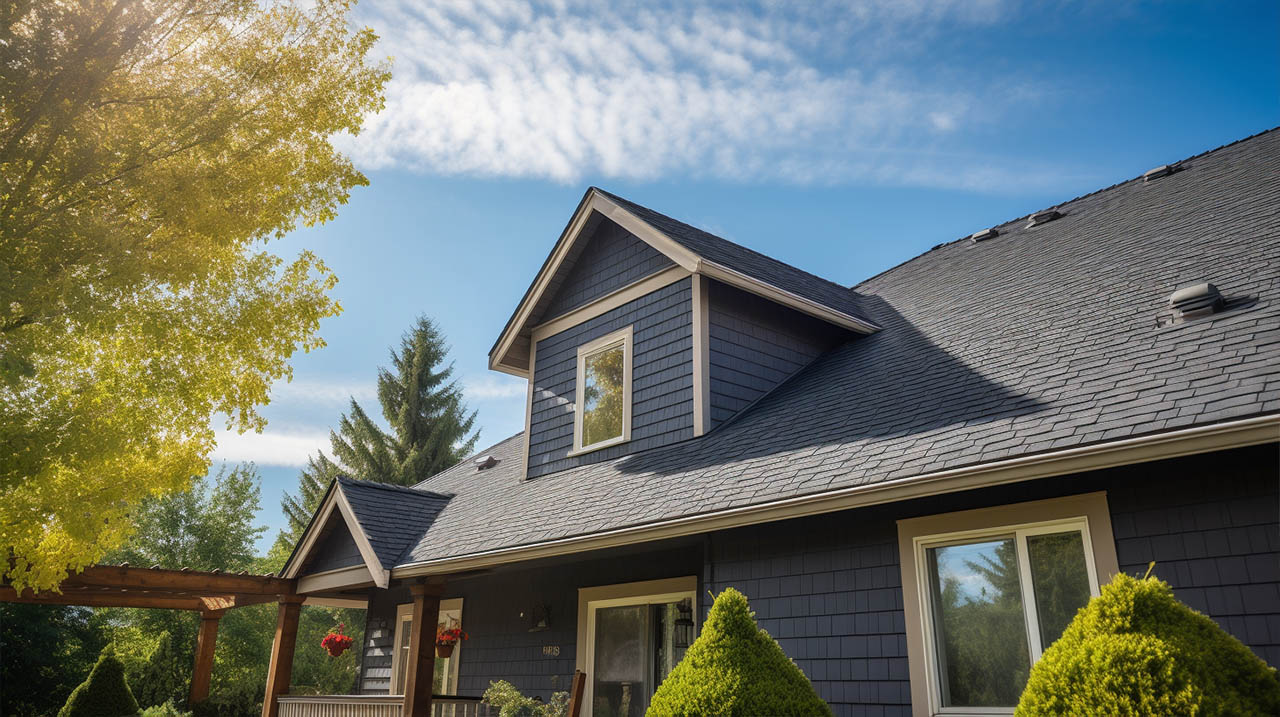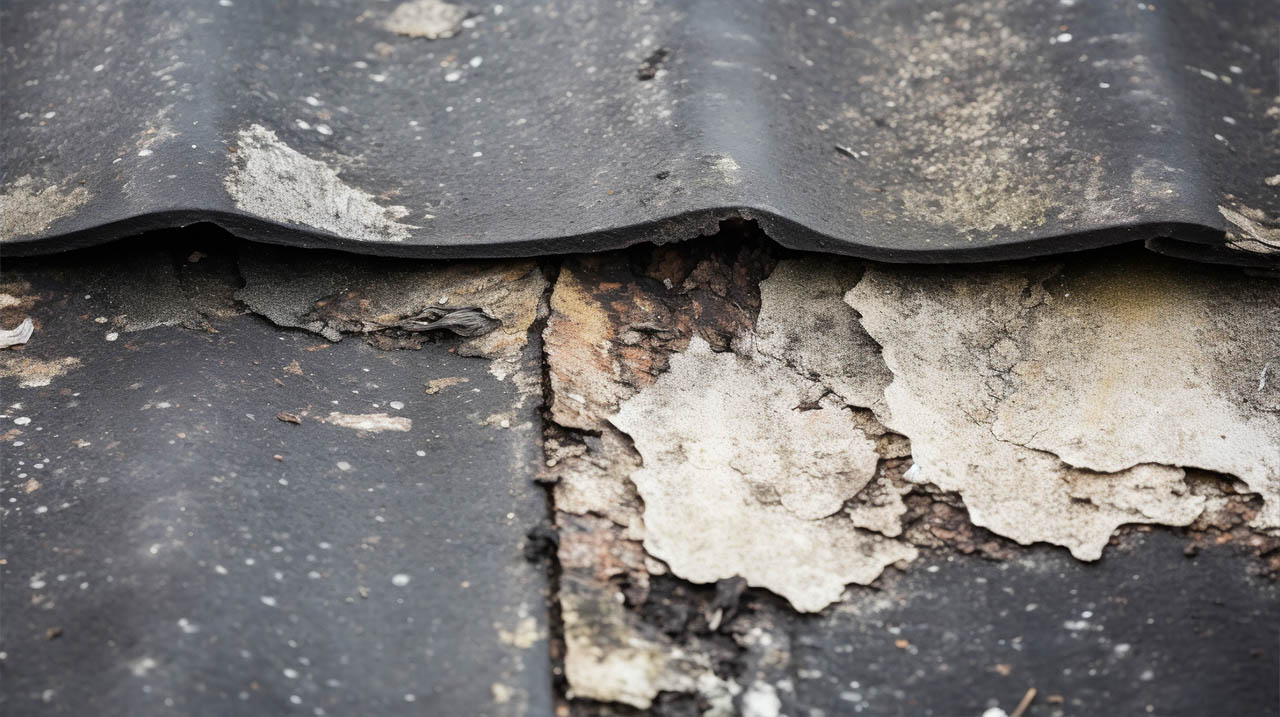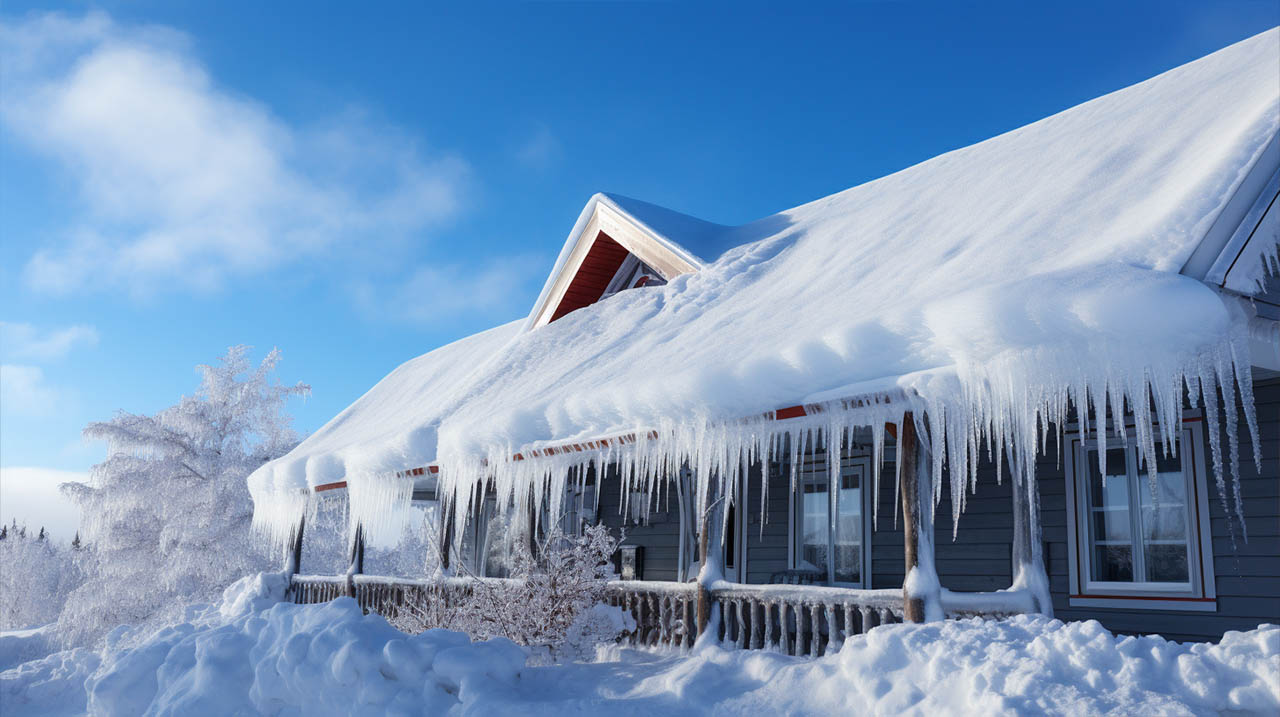Every architectural marvel, from the humblest home in Columbia, Maryland to the grandest skyscraper, relies on the structural integrity and functional design of its roof. Just as nature layers itself to protect and nourish the earth, a roof is composed of multiple layers that work in harmony. In this article, we, at Roofing’s Kangaroof, delve deep into each layer of a roof, elucidating their unique purposes and importance.
1. Roof Decking
At the foundation of every roof lies the roof decking. Acting as the base upon which all other layers rest, it’s essential for structural integrity.
Characteristics:
- Often made of plywood or oriented strand board (OSB).
- Provides the main protective barrier against potential punctures or impacts.
2. Underlayment
Positioned above the decking, underlayment offers a secondary protective layer against moisture infiltration.
Characteristics:
- Typically made from felt or synthetic materials.
- Serves as a barrier against rain and moisture, ensuring the decking remains dry.
3. Drip Edge
This component, although less talked about, is crucial in directing water away from the fascia and into the gutters.
Characteristics:
- Primarily made from metal.
- Its design prevents water from seeping behind the fascia boards.
4. Roofing Shingles
Perhaps the most recognizable layer, shingles are the roof’s frontline defense against environmental elements. As a top Columbia roofing company, Roofing’s Kangaroof places significant emphasis on selecting the right shingles.
Characteristics:
- Manufactured from materials like asphalt, wood, metal, or slate.
- They shield the building and amplify its aesthetic appeal.
5. Flashing
Flashings are employed at roof penetrations or joints, such as chimneys or vents, ensuring water stays out.
Characteristics:
- Predominantly made of metal.
- Essential in directing water flow, preventing potential leakage points.
6. Ridge Vent
Found at the roof’s peak, the ridge vent plays a role in maintaining proper attic ventilation and optimal temperature and moisture levels.
Characteristics:
- Encourages airflow from the roof’s base to its peak.
- Deters moisture buildup and excessive heat in the attic.
7. Gutters and Downspouts
Designed to collect and channel away water runoff, these components are indispensable for roof longevity.
Characteristics:
- They direct water away from the foundation.
- By doing so, they prevent soil erosion and maintain the building’s structural integrity.
Roofing Insights: A Visual Representation
To help visualize the intricate layering of a roof, consider the following mermaid diagram:
mermaid
Conclusion
A roof is more than a single entity. It’s a symphony of layers, each harmonizing with the next to form a protective canopy. By grasping the function and significance of each layer, homeowners and roofer Columbia MD professionals can better appreciate the intricate designs and materials that ensure our buildings remain safe and dry. As we always emphasize at Roofing’s Kangaroof, understanding the depth of roofing details is key to appreciating its fundamental role in architectural design.







